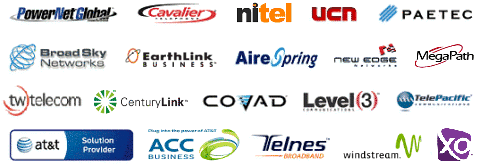Why You Need SIP Protocol for Voice Over IP
SIP (Session Initiation Protocol) is the transmission protocol for person-to-person real time data over the Web. Its technical specifications come from the SIP working group of the Internet Engineering Task Force. SIP gives access to the public switched telephone network for voice data at 3 kHz bandwidth and common number dialing using Voice over IP (VoIP). It can also be expanded to deal with IP telephony in conjunction with video and instant messaging. Future enhancements will enable SIP applications like video conference calls, application sharing, home monitoring, and interactive gaming for businesses in Battle Lake.
SIP is in most cases thought of as a method to implement the functionality of ordinary telephony over an IP network. It is replacing the older, less versatile protocols used in the old days such as H.323 and MGCP. These older protocols functioned at a very low level to connect IP phones to the public telephone network. SIP, on the other hand, provides a sophisticated and straightforward way to network the enterprise. For instance, SIP uses email addresses as the SIP address instead of a telephone number over the standard phone network.
Before implementing a SIP plan in your company, you should take into account the appropriate settings of your corporate firewall to accept SIP. Many of the common firewalls currently installed in business offices are not developed to support the SIP protocol. First, SIP media streams are transferred over dynamically allocated UDP ports that are usually closed on firewalls. Second, SIP clients inside a firewall can not be reached using IP addresses because these addresses are local and unique to the LAN. Third, you need to ensure that either your T1 line provider or Ethernet fiber carrier is able to support the SIP protocol from your internal network to the outside world. Your IT manager will need to evaluate how to appropriately support SIP to get around these technical problems. By including a SIP proxy and registrar for managing the firewall, it is feasible to handle complicated SIP situations for reliable and private communications.
We connect you with Minnesota T1 line. This page is a short summary of the services specifically offered by T1Market in Battle Lake.
As we go forward, our wish is to continuously enhance our product offerings. We now deliver enterprise products usually used by larger corporations, specifically: OC3, MPLS network service, gigabit ethernet, and cloud computing bandwidth delivered over a fiber optic backbone. Many of our carriers also provide free managed Cisco routers for multi-year contracts. Primarily, our objective is to create a bond with you - our client - that will last for years to come. Obtaining your trust is exactly what we do here. Conserving you money on affordable bandwidth services is how we keep it.


